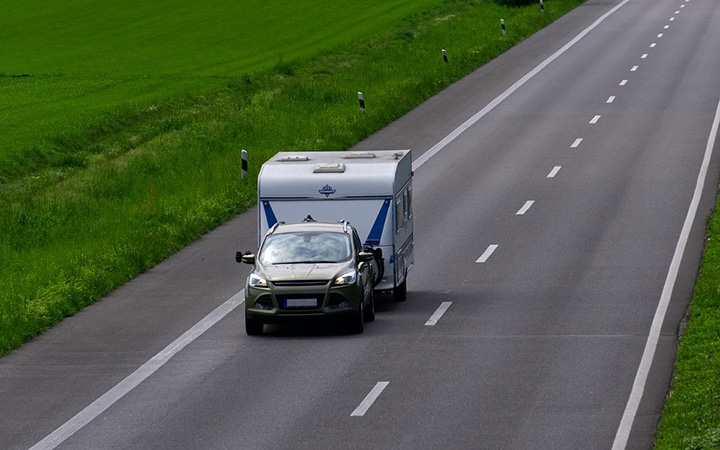
(Image source: Pixabay)
Ah, summertime . . . swimming, fishing, baseball, backyard barbecues, family vacations, and . . . brutal heat. It’s all a lot of fun and a great season, but there are some definite heat hazards. And just as you need to take some precautions to protect yourself and your family from the summer sun and heat, you also have to take some steps to help your car survive extreme heat.
Keep Coolant Topped Off
That mix of antifreeze and water in your radiator is absolutely critical for your car’s summertime survival. So check it often and keep it full, but be careful.
The coolant circulates throughout your engine to keep it from overheating during summer driving. But it is also susceptible to evaporation and leakage during the summer heat and so can get low without your knowing it. It’s a good idea, then, to carry at least one extra gallon of coolant mix and top off the reservoir/radiator when needed – maybe at every lengthy stop on a long trip.
But if you have an older car without a coolant reservoir for checking and filling, do NOT remove the radiator cap to check the coolant while the car is still hot. If you don’t wait till your car is cool, you run the risk of having hot coolant and maybe even steam spew over your hands and face.
Check the Oil Frequently
Perhaps even more important for your car’s proper functioning than the coolant is the oil. So you need to check it often as well to make sure there’s enough to keep your engine well lubricated for the rigors of summertime driving. Driving in extreme heat thins the oil, and, as a result, even a tiny leak can get big enough to lower the oil level significantly. So check the oil at least every time you gas up. (If you have an older car with some piston-ring wear, you might consider using a slightly heavier viscosity oil, say, 10w40 instead of 10w30.)
Replace Old Belts and Hoses
And don’t forget that one of those fan belts turns the water pump, which circulates the coolant. So the belts must be in good shape. Older belts with some wear can get slick and begin to slip on the pulleys they run through. If this happens, the water pump won’t circulate coolant as efficiently as it should, and your engine can overheat. Before setting out on a long trip, have your mechanic check the belts.
You also have large hoses that carry coolant from the radiator to the engine. And if one of these has a leak, well . . . that’s not good. So while your mechanic is going over the belts, ask her to take a look at the hoses, too.
Keep Tire Pressure at Optimum Level

(Image source: Pixabay)
The only thing connecting your car to the road is a few square inches of rubber, so make sure that rubber is in good shape. The most important thing you can do for your tires is to make sure they are properly inflated. During hot summertime driving, the air in your tires will heat up and expand – and the tire pressure can increase dramatically, possibly resulting in a blowout if the tires are overinflated. And underinflation can cause unusual wear and sluggish handling. So get a good tire gauge, check your owner’s manual and the tire manufacturer’s recommendations, and make sure those tires are properly inflated.

(image source: Pixabay)
It doesn’t really take much effort or time, but these few precautions and maintenance measures can help your car survive extreme heat. It can mean the difference between an enjoyable summertime jaunt and sweltering beside the highway in an overheated, broken down car while you wait for the tow truck to arrive.

